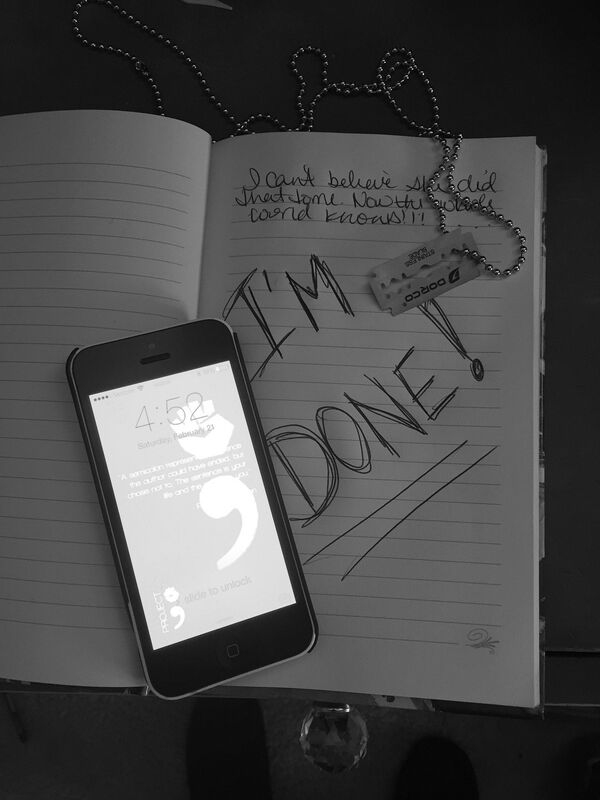Dangerous Problem
Self-harming behaviour in adolescents includes burning or scratching the skin, puncturing, or hitting one's own body in order to ease the emotional state and regain control of emotions. Self-harming behaviour is considered to be a psychiatric problem and is associated with anxiety, depression, behavioural problems, and personality disorders.
It is also considered as part of growing up problems in teenagers, calling self-harm one of the ways to express psychological problems, communication, or seek help.
Self-harming behaviour is a common problem throughout the world. Non-suicidal self-harming behaviour is often recurrent and at the same time represents a risk factor of suicide attempts and premature death.
The results of the study show that out of more than 600 participants in the research, between 10 and 14% of senior students indicated one case of self-cutting, and 3% noted a high frequency of such actions.
According to other sources, most adolescents with self-harming behaviour see images of self-harm for the first time at the age of 11, before they start harming themselves.
The topic of self-harming behaviour has been widely discussed on social networks, including in closed communities. MSUPE scientists have summarised the salient features of the topic of self-harm in network communities, considered the specifics of self-harming behaviour in a virtual environment, as well as the features of the language used in the online discourse on self-harm.
"The likelihood of normalisation and glorification of self-harm, their contagiousness and a halo of selectivity, which is often present in closed communities dedicated to this issue, can increase the emotional and personal problems of users, cause and maintain interest in self-harm and other forms of self-destructive behaviour", Natalia Polskaya, professor of clinical psychology and psychotherapy at MSUPE, told Sputnik.
Signal Hashtags
In many social networks, to search for relevant topics and likeminded people, teenagers use keywords or hashtags. Many hashtags are unobvious, often disguised as more neutral words or phrases, and contain a special meaning only for those who know it.
According to scientists, the hashtag system on the topic of self-harm is variable, veiled, and heterogeneous, which makes it impossible to control the content. It combines different spelling of search requests. Direct hashtags – direct indications of self-harm (for example, #selfharm) – are often prohibited, so hashtags with recognisable but intentionally distorted words (for example, #selfharmm, #selfharmmm) appear.
The researchers have identified a group of hashtags with hidden meanings (for example, #MySecretFamily), combining a whole group of unobvious hashtags, where a specific behaviour or disorder associated with self-harming behaviour is indicated by a common human name.
For example, #Ana denotes anorexia; #Cat denotes self-cutting; #Deb denotes depression; #Sue denotes suicidal thoughts or intentions.

With such hashtags, adolescents demonstrate their involvement in the community on their personal page, while remaining invisible to the uninitiated. Scientists consider the ambiguity of hashtags to be a dangerous, potentially provocative factor.
"Instead of attracting help and support from users with self-harming behaviour, this phenomenon is often glamorised as a special way of life. In addition, viewing images of self-harm can act as a trigger", Natalia Polskaya said.
How to Help Teenagers
According to experts, the positive potential of online communication can be effectively used to develop psychological assistance measures for adolescents with self-harming behaviour.
"Mental health specialists face the global challenge of creating alternative – supportive and helping – content, which involves the development of a new methodology – a language that can be integrated into the existing online discourse on self-harm and transform it from the inside. Undoubtedly, it should be strong and personally significant alternatives that can enhance adolescents' understanding of their own needs and interests. These alternatives should be more meaningful and encouraging than the self-destruction discourse", Natalia Polskaya said.
In her opinion, in order to solve this problem, specialists in care professions who can implement this methodology should constantly be present on social networks.





